BOSCHINI, Marco. La carta del nauegar pitoresco dialogo tra vn senator venetian deletante, e vn professor de pitura, soto nome d'ecelenza, e de compare. Comparti' in oto venti con i quali la naue venetiana vien conduta in l'alto mar dela pitura, come assoluta dominante de quelo a confusion de chi non intende el bossolo dela calamita. opera de Marco Boschini. Con i argumenti del volenteroso Accademico Delfico.
Venice, per il Baba., 1660.Quarto (193 x 142 mm.), [24], 680 (i.e. 682), [10] pages, illustrated with an engraved allegorical frontispiece, an engraved portrait, and 25 full-page engravings. Old signature on title page, a few spots but a very good copy in contemporary stiff vellum with manuscript title on spine from the library of the famous British art historian Kenneth Clark (ex libris).
Rare first edition of the most influential works on Italian art of the seventeenth century.
“The Carta del navegar pitoresco is a poem of five thousand three hundred and seventy quatrains in the Venetian language, divided into eight cantos that correspond to the eight parts of the compass rose. Each "Wind" is preceded by a summary, whose author, according to Anna Pallucchini, (A. Pallucchini, in M. B., La Carta del navegar pitoresco, Venezia-Roma 1966) would be a friend of Boschini, the Paduan painter Dario Varotari. The protagonist of the poem is a Venetian senator (probably Giovanni Nani) to whom a "Professor of painting" - Boschini himself - teaches how to recognize and evaluate the technique of painting and how to distinguish the style of the various authors. In front of the works of art, which the two protagonists of the didactic poem encounter on their path, a discussion is intertwined in which the artistic superiority of Venice over Florence is continually demonstrated. Boschini compares Venetian painting with music, rather than with poetry; fully adhering to the sensual character of baroque art, he evokes olfactory suggestions and even gastronomic comparisons. To the plasticity of the Tuscans' drawings and chiaroscuro he contrasts the life and excitement of Venetian colour; to the officialism of Vasari he prefers dialogue and improvisations that sometimes have the vivacity of news reporting. As a good Venetian he tends to use everyday language, proposes comparisons and adopts terms that any academic would have rejected. To remain faithful to his commitment as a populariser and ardent propagandist of Venetian art he must resort to every means to attract the interest of his readers; to be more effective and "Venetian" and to free himself from any Tuscan complex, he resorts to the use of the dialect of his beloved city, and of the richness of this language, indeed, he weaves the highest praise. The continuous passing from one place to another, the calm conversation of the two protagonists through the streets of Venice, correspond to the exuberant and colorful animation of the city. But however witty and lively, it must be said that the poem, from a literary point of view, does not correspond at all to the genius of the critical intuitions of Boschini, who for many of the greatest Venetian and Veneto artists has come to propose illuminating interpretations and so precise as to form in our memory a whole with the work of art they illustrate.” (transaled from DBI) Marco Boschini (1613-1678) was a Venetian painter, engraver and art dealer. “Boschini's main "client" was Cardinal Leopoldo de' Medici who, following Galileo's principles, intended to organically assemble a collection where all the schools were present and each artist was represented by a self-portrait, some drawings and a painting that well documented his style. Alongside Baldinucci, in charge of the Tuscan school and Malvasia for the Bolognese one, Boschini was entrusted with the task of completing the documentation relating to the Venetian school.” (translated from DBI)
Cicognara 976; Schlosser-Magnino 547; Borroni I, 1619; Gamba 118.
Other Books
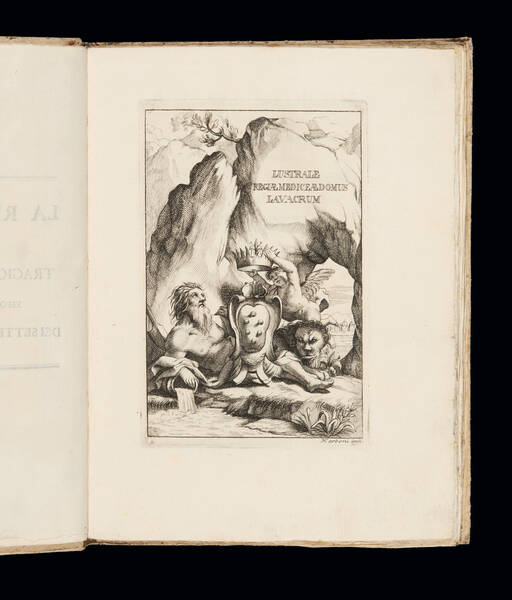
CATANI, Francesco Saverino
La reale medicide, esponente nella morte di Don Garzia i fatti più speciali di Cosimo Duca II. di Firenze ... Tragica festa teatrale, illustrata di...
€ 3.000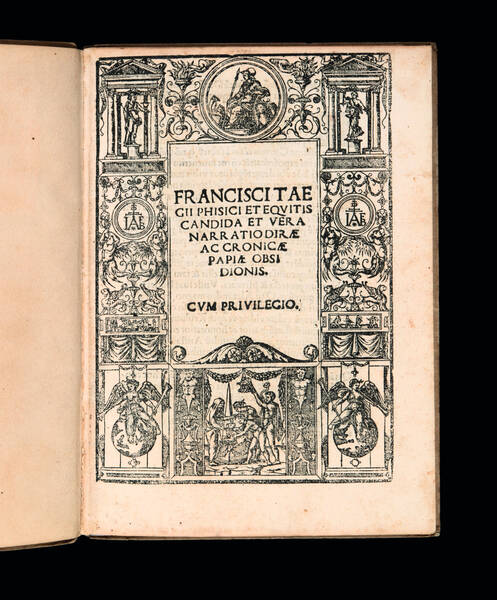
TAEGIO, Francesco
Frencisci Taegii phisici et equitis Candida et vera narratio dirae ac cronicae Papiae obsidionis.
€ 30.000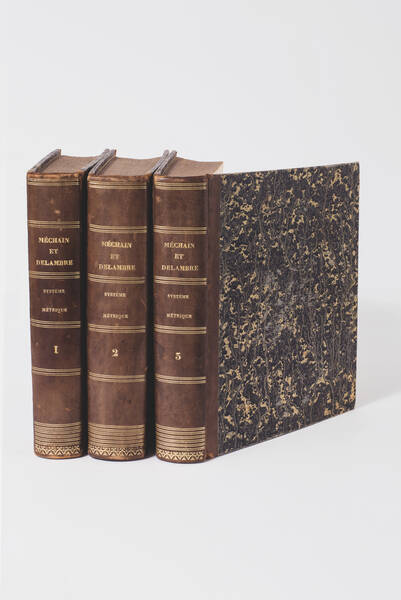
DELAMBRE, Jean-Baptiste-Joseph & MÉCHAIN, Pierre-François-André
Base du système métrique décimal, ou mesure de l'arc du méridien compris entre les parallèles de Dunkerque et Barcelone, exécutée en 1792 et années...
SOLD OUT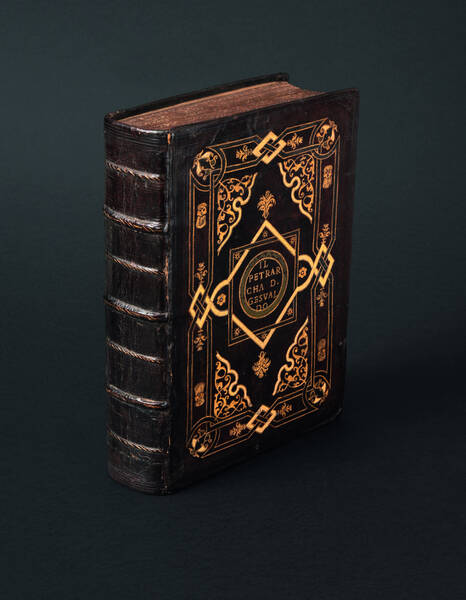
PETRARCA, Francesco
Il Petrarcha colla spositione di misser Giouanni Andrea Gesualdo. I Triomphi del Petrarcha colla spositione di misser Giouanni Andrea Gesualdo da...
SOLD OUT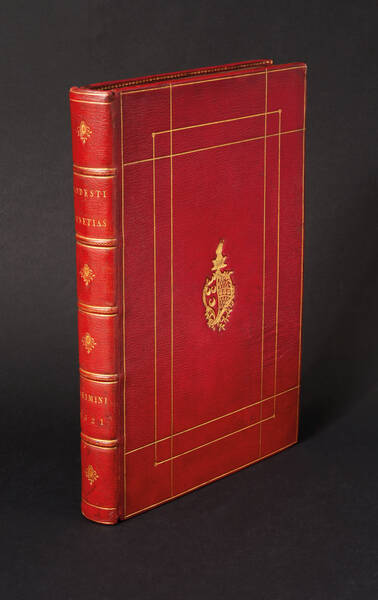
MODESTI, Publio Francesco
Pub. Francisci Modesti Ariminensis, ad Antonium Grimanum. P.S.Q.V. Venetias.
€ 23.000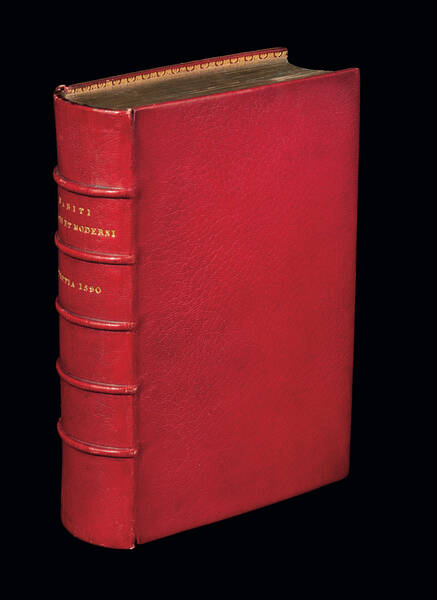
VECELLIO, Cesare
Degli Habiti Antichi, et Moderni di Diverse Parti del Mondo Libri due, fatti da Cesare Vecellio, & con Discorsi da Lui Dichiarati.
SOLD OUT
MACHIAVELLI, Niccolò
Libro della Arte della guerra di Niccolò Machiavegli cittadino et segretario fiorentino.
SOLD OUT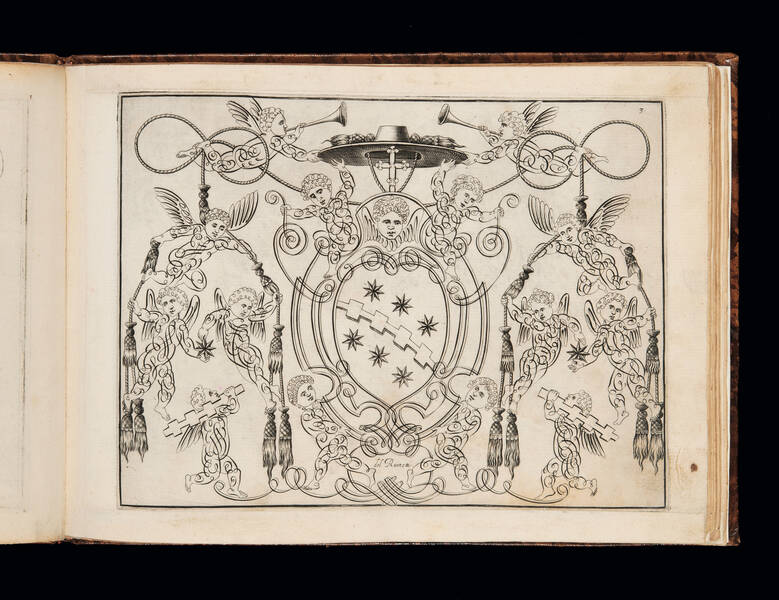
RUINETTI, Tomaso
Idea del buon scrittore, opera prima di Tomaso Ruinetti da Ravena a’beneficio de’desiderosi d’imitare le vere forme dello scrivere.
€ 8.000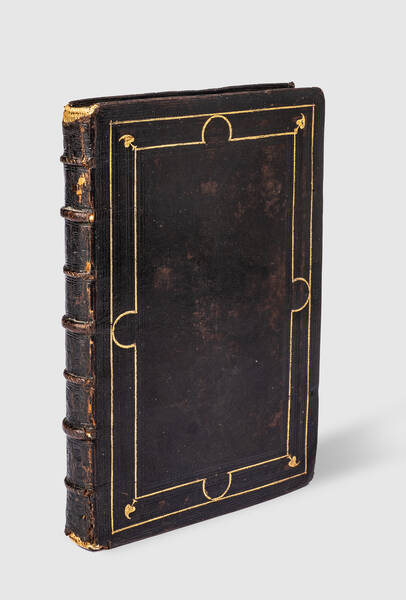
GUEVARA, Antonio de, ROSEO, Mambrino (trans.)
Institutione del Prencipe Christiano, di Mambrino Roseo.
€ 9.000MEDA RIQUIER rare books ltd.
4 Bury Street St James's
SW1Y 6AB London
Phone +44 (0) 7770457377
info@medariquier.com
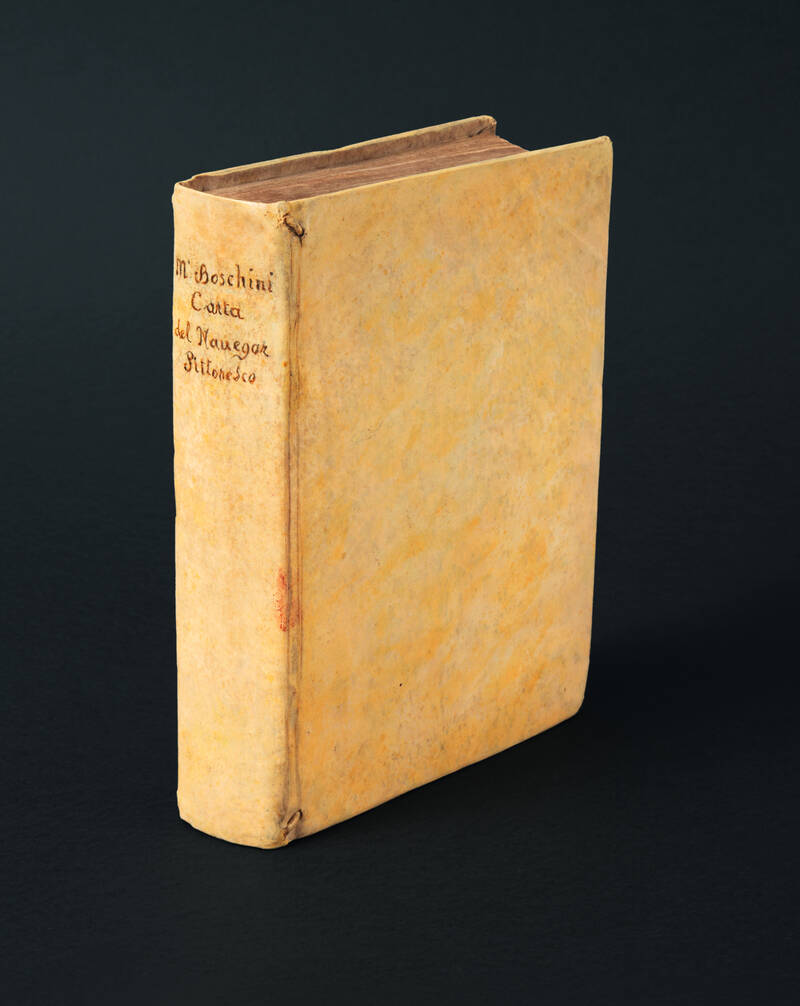
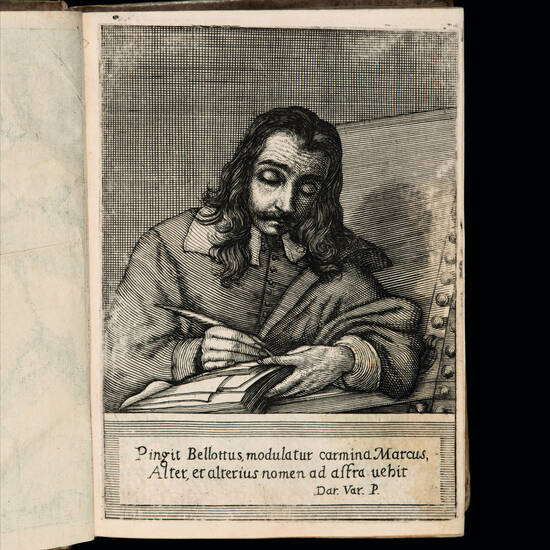

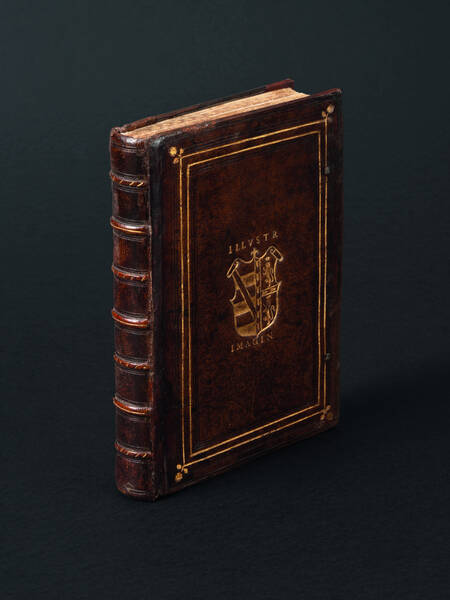
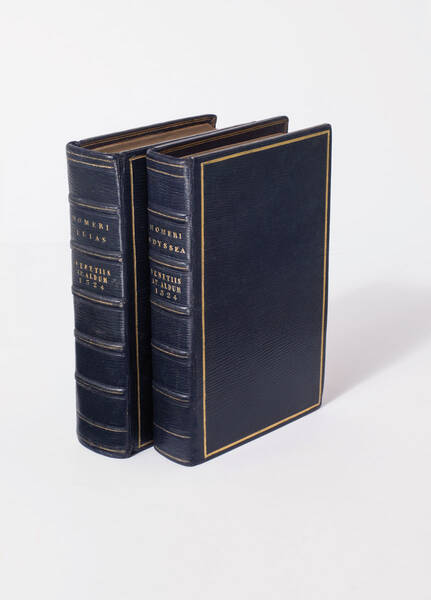
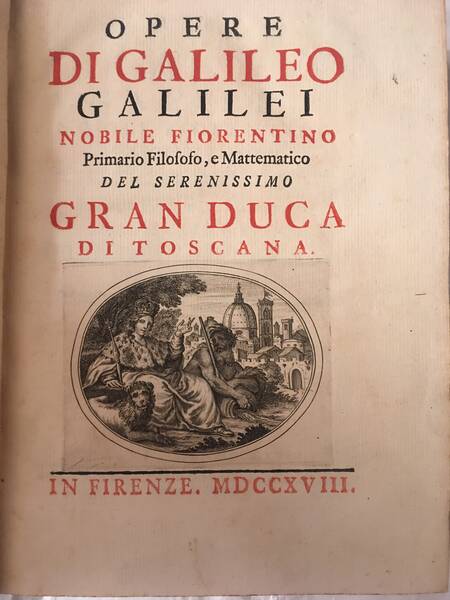
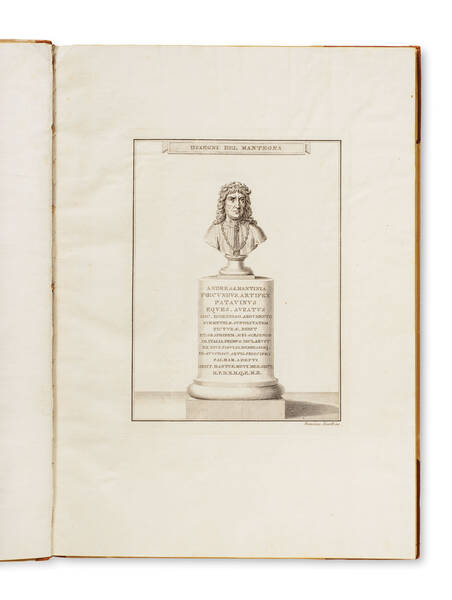
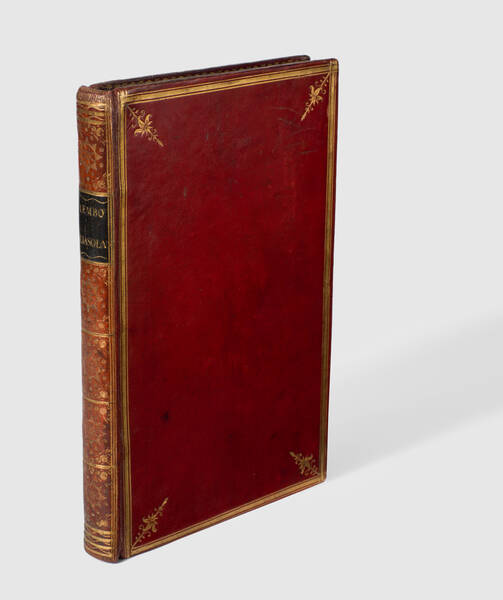


![[De Architectura libri decem], M. Vitruuius per Iocundum solito castigatior factus cum figuris et tabula vt iam legi et intelligi possit. [De Architectura libri decem], M. Vitruuius per Iocundum solito castigatior factus cum figuris et tabula vt iam legi et intelligi possit.](https://www.medariquier.com/typo3temp/pics/b57e48f107.jpg)